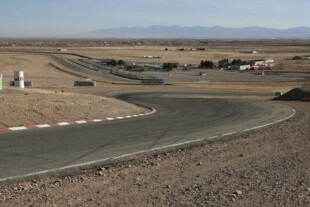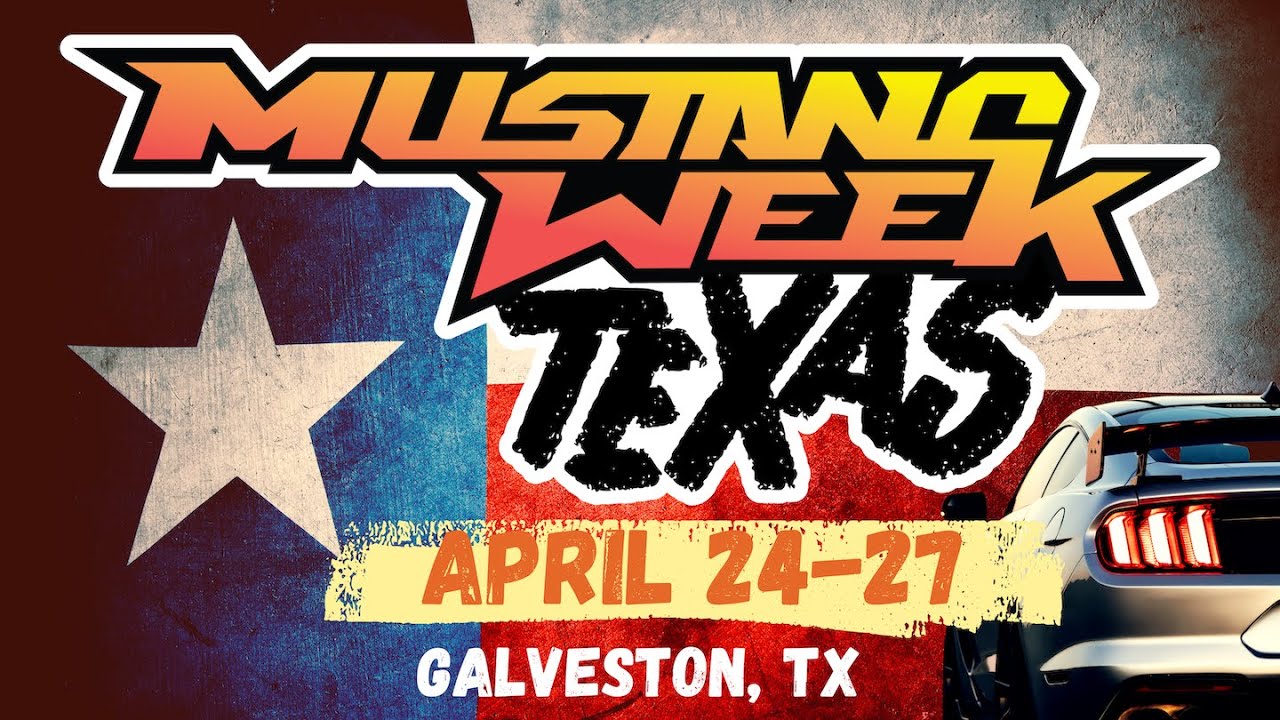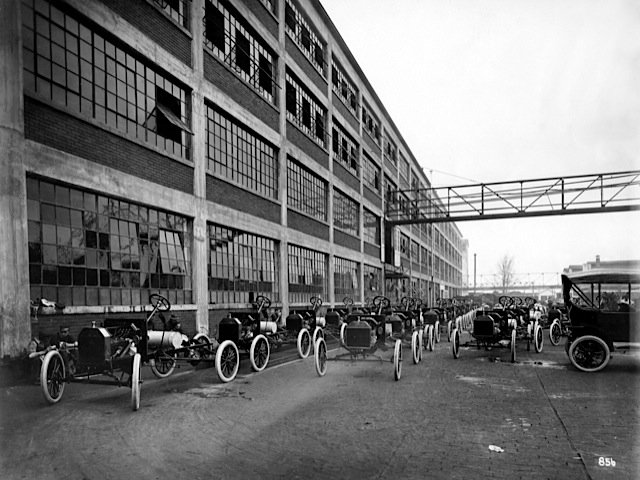
Photos: The Detailing Bay
RK Motors Charlotte is one of the nation’s premier classic car restorers, re-sellers, and providers of everything from 30s-50s hot rods and customs to 60s and 70s performance muscle. The business was established in 2010 by Robert Kauffman and Joseph M. Carroll as a joint effort. Always on the pursuit to spread their brand of classic car culture in 2014 The Detailing Bay was established, RK Motors’ online magazine.
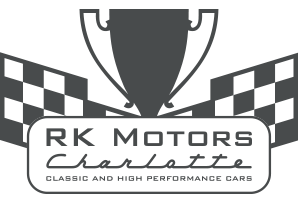 A couple of weeks back The Detailing Bay published an article that clarified and broke down “numbers-matching” cars. For a company such as RK Motors which prides its name on reselling top quality classics, understanding the value behind numbers-matching cars is crucial to their success. Check out what we learned from them below.
A couple of weeks back The Detailing Bay published an article that clarified and broke down “numbers-matching” cars. For a company such as RK Motors which prides its name on reselling top quality classics, understanding the value behind numbers-matching cars is crucial to their success. Check out what we learned from them below.
“From a value standpoint, that relatively vague phrase can mean the difference between a cool driver and a car that truly is, or will become, a wise investment,” says Josh Leatherwood of The Detailing Bay.
When it comes to classic cars there are definitely two demographics–those who love to customize and put their own twist into a classic and the purists who collect and restore in order to bring back a classic to its former and accurate glory. The latter are obviously the group who would take the pursuit of numbers-matching cars more seriously.
“Numbers-matching refers to the car’s unique VIN being stamped on major drivetrain components, thus verifying those components’ authenticity in relation to the car.” So where do ideas on numbers-matching cars deviate?
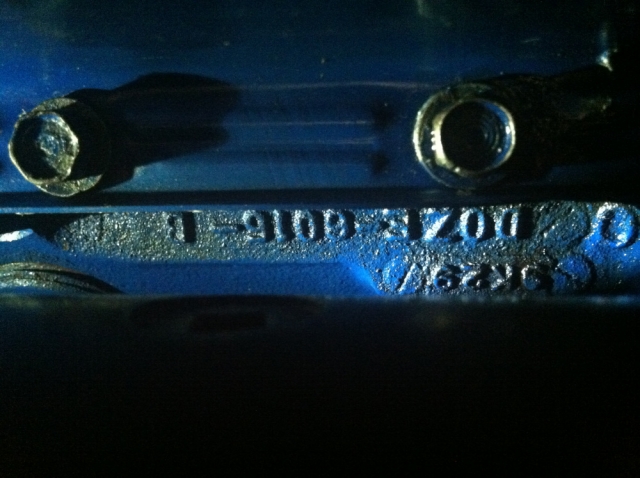 According to our friends at RK Motors, “there are a few different variations of that definition. Some people believe the car only needs an original engine to qualify as numbers-matching. Others believe the engine, transmission, and rear unit must all be stamped for the car to qualify as numbers-matching. But the generally accepted rule is a car that has both its engine and transmission stamped.”
According to our friends at RK Motors, “there are a few different variations of that definition. Some people believe the car only needs an original engine to qualify as numbers-matching. Others believe the engine, transmission, and rear unit must all be stamped for the car to qualify as numbers-matching. But the generally accepted rule is a car that has both its engine and transmission stamped.”
What about cars from an earlier time period? Specifically, pre-68 cars? Josh Leatherwood explains, “It wasn’t common for components of classic American cars to be VIN-stamped until the 1968 model year. That means most 30s, 40s and 50s-era cars are considered original if they have an era-correct drivetrain. From the factory, each piece of that drivetrain is equipped with a casting and/or date code. If that casting and/or date code is correct to the time period in which the car was assembled, it is assumed to have an original drivetrain.”
Be sure to check out the rest of the article here chalk full of more detailed information including exceptions to the numbers-matching rule and ways to spot fake stampings. This was definitely an interesting article that shed some light on a term that you commonly hear but never give much thought to.
We look forward to reading up on more of The Detailing Bay’s articles as their role in this industry surely offers some legitimate insight. They are a great source for all things that may concern the auctioning, reselling, and purist-collector side of our culture.



